By Ed Sterling
Director of Member Services Texas Press Association
AUSTIN — Hurricane Harvey slammed the middle Texas coast on Aug. 25, hammering the region from Rockport to Palacios before continuing inland as a tropical storm and causing widespread catastrophic flooding.
With wind speeds in excess of 130 miles per hour before landfall at Rockport, the National Hurricane Center in Miami gave the storm a rating of Category 4. As rains and flooding worsened, Harvey was widely reportedly to be the strongest hurricane to hit Texas since Carla in 1961.
Before the storm hit, Gov. Greg Abbott requested and received a presidential disaster declaration, receiving approval from the Federal Emergency Management Agency. The declaration cleared the way for individual assistance, public assistance and hazard mitigation to communities in affected counties, where high winds, torrential rains, flooding, tornadoes, power outages and more weather-related troubles affected millions of Texans.
First responders and civilian volunteers by the hundreds went to work rescuing the stranded and rendering aid under severe conditions.
Abbott’s original request for a presidential disaster declaration was for 30 counties, including: Aransas, Austin, Bee, Calhoun, Chambers, Colorado, Brazoria, DeWitt, Fayette, Fort Bend, Galveston, Goliad, Gonzales, Harris, Jackson, Jefferson, Jim Wells, Karnes, Kleberg, Lavaca, Liberty, Live Oak, Matagorda, Nueces, Refugio, San Patricio, Victoria, Waller, Wharton and Wilson counties.
Abbott made an additional request on Aug. 26 to include 20 more stricken counties: Atascosa, Bexar, Brazos, Caldwell, Cameron, Comal, Grimes, Guadalupe, Hardin, Jasper, Kerr, Lee, Leon, Madison, Montgomery, Newton, Tyler, Walker, Washington and Willacy.
On Aug. 27, the National Oceanographic and Atmospheric Administration predicted ongoing and life-threatening flooding would continue across southeastern Texas with additional rainfall accumulations of 15 to 25 inches expected, and with isolated storm totals as high as 50 inches, through Sept. 1.
Judge halts voter law
Laws toughening voter identification requirements continue to violate the U.S. Voting Rights Act, a Corpus Christi federal district judge ruled Aug. 23.
In her ruling, Judge Nelva Gonzales Ramos granted declaratory relief to the plaintiffs, who primarily represent Latino and black voters, in the form of a permanent injunction against enforcement of the 2017 law.
In the case Veasey v. Abbott, originally filed in 2011, plaintiffs alleged SB 14, the voter I.D. law passed by the Texas Legislature in 2011, violates Section 2 of the Voting Rights Act. The suit also claimed Texas law violates the U.S. Constitution’s Article 14, due process and equal protection, and Article 15, banning racial discrimination. Section 2 prohibits state and local officials from adopting or maintaining voting laws or procedures that purposefully discriminate on the basis of race, color or membership in a language minority group.
In 2016, the New Orleans-based U.S. Court of Appeals for the 5th Circuit affirmed Ramos’s finding that the law is discriminatory. The appeals court remanded the case to her court for further consideration, and Ramos, in accordance with an instruction by the Fifth Circuit, issued an interim remedy to eliminate or reduce the discriminatory effects of SB 14 in time for the 2016 general election.
Earlier this year, the Republican-dominated Texas Legislature crafted and passed SB 5, ostensibly to purge SB 14 of its discriminatory provisions. But Ramos said in her ruling last week that SB 5 falls short of that. She ordered plaintiffs and defendants to file memoranda by Aug. 31 stating whether they wish to schedule an evidentiary hearing.
Texas Attorney General Ken Paxton on Aug. 25 filed a motion with the 5th Circuit, asking that Ramos’ injunction be overturned.
Rate for notes is low
Texas Comptroller Glenn Hegar on Aug. 22 announced the recent sale of $5.4 billion in Texas Tax and Revenue Anticipation Notes received a net interest rate of 0.96 percent.
Money from the sale of “TRANs” is used to help fund expenditures such as public-school payments made early in the fiscal year before the arrival of tax revenues later in the year, Hegar said.
Texas received the highest possible short-term credit ratings from Wall Street, which helped drive down the cost of borrowing, Hegar added.
Jobless rate decreases
The Texas Workforce Commission on July 18 announced the Texas economy expanded for the 13th consecutive month with the addition of 19,600 seasonally adjusted non-farm jobs in July.
Also, the Lone Star State’s seasonally adjusted unemployment rate fell to 4.3 percent, down from 4.6 percent in June, and annual employment growth for Texas was 2.4 percent — double the annual growth rate compared to a year ago.






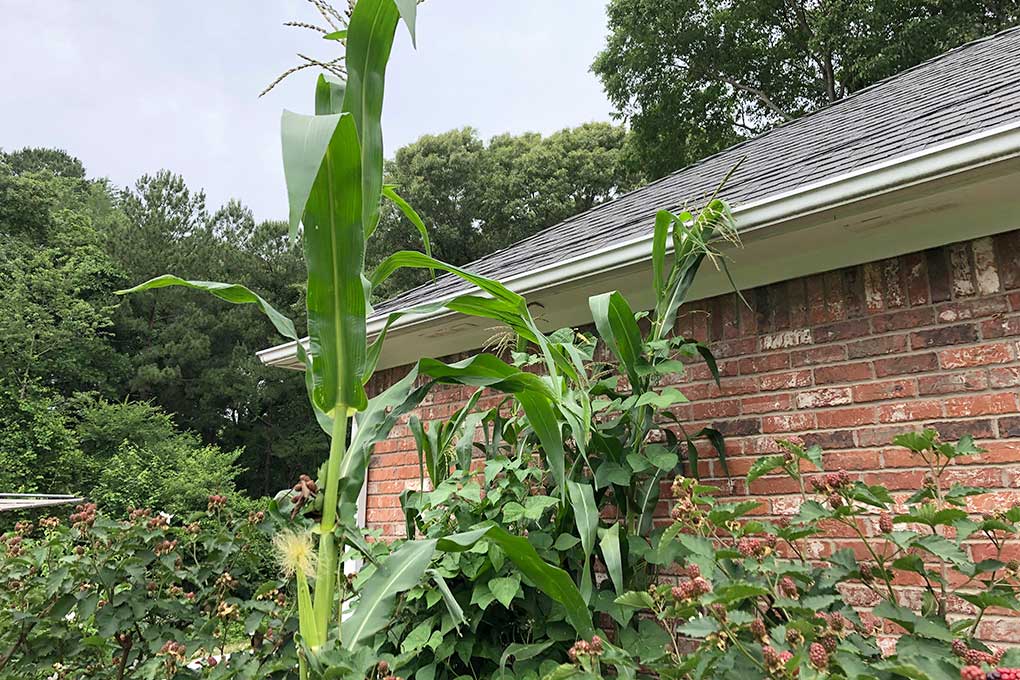
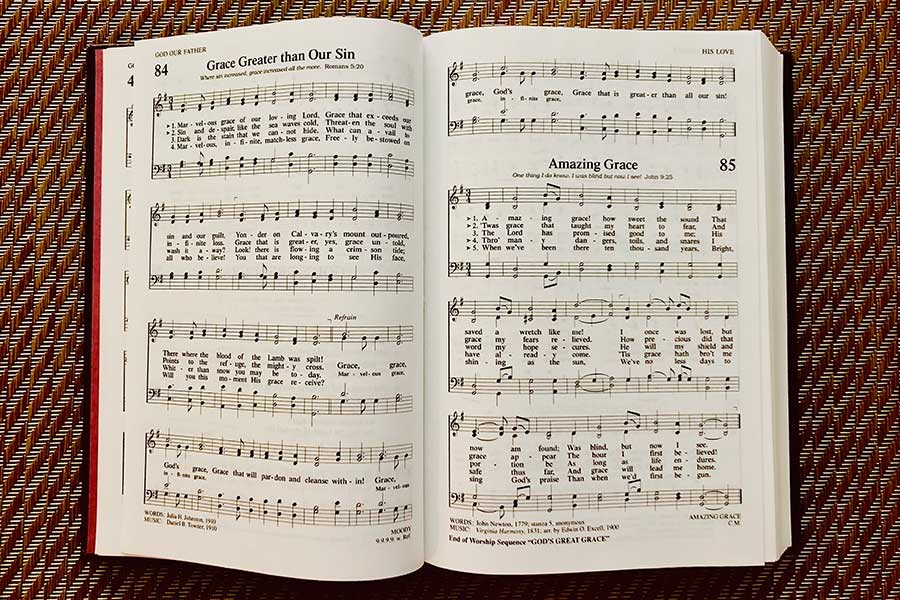

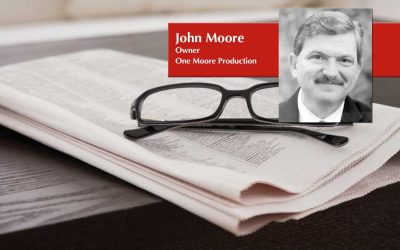
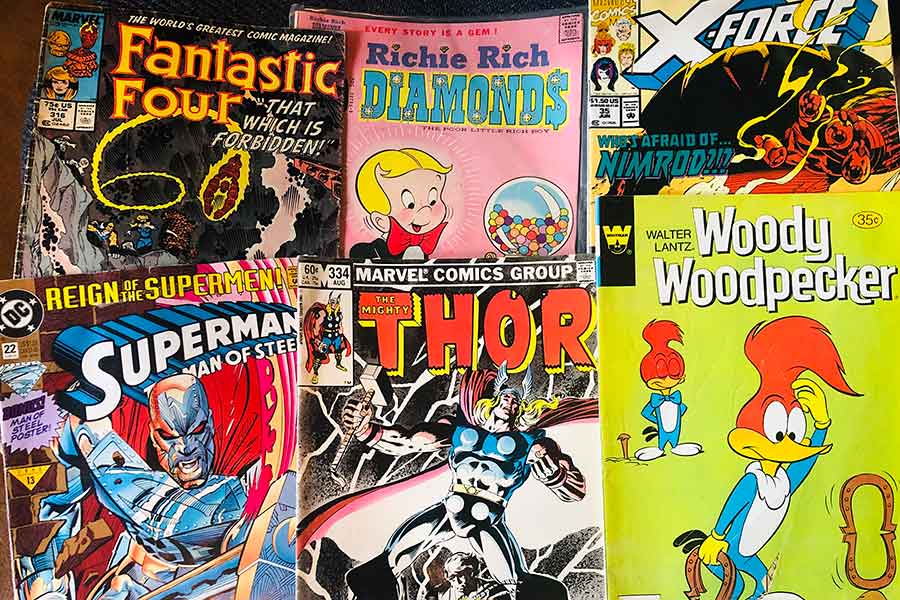






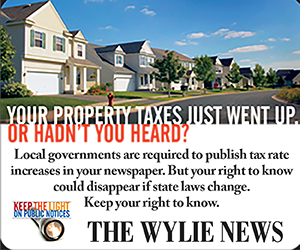
0 Comments